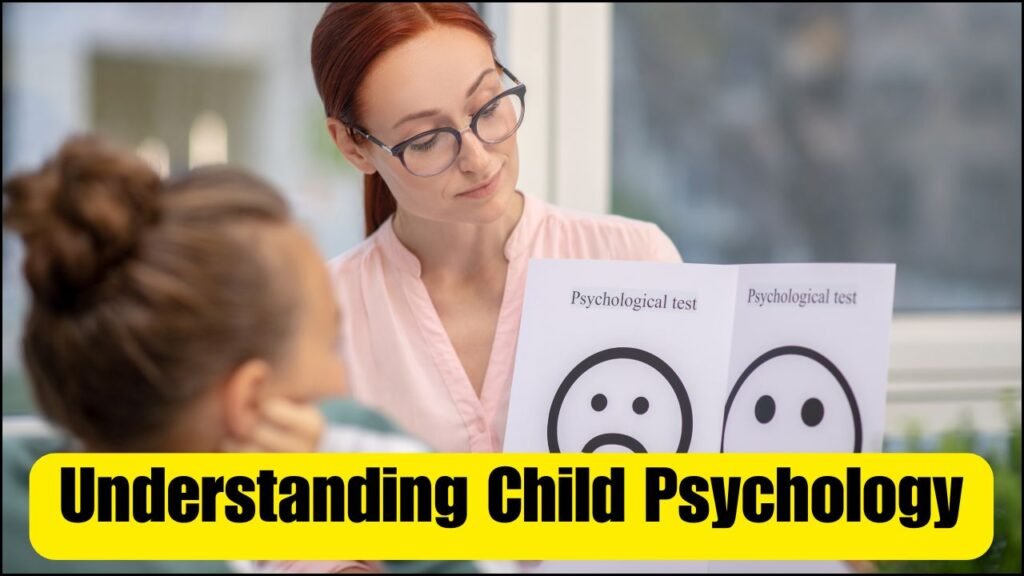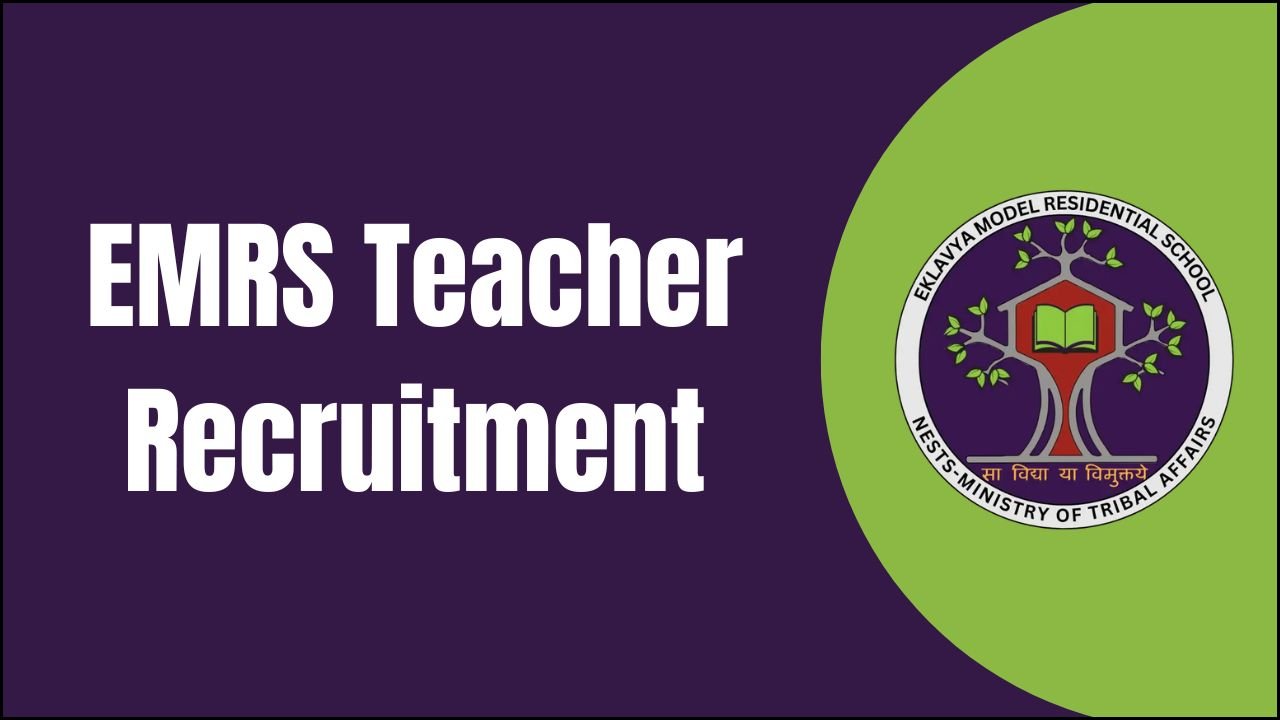
Understanding how children think, feel, and behave is crucial for modern teaching. A teacher with knowledge of child psychology can better support students, handle challenges, and create a positive learning environment. Child psychology offers valuable insights that help teachers understand the development of a child from birth to adolescence. These insights allow educators to make better decisions about how to teach, manage behavior, and foster emotional well-being. This article explains key elements of child psychology and how they help improve classroom teaching.
Table of Contents
What Is Child Psychology?
Child psychology is the study of a child’s mental, emotional, and behavioral development. It focuses on how children grow and change from birth through adolescence. For teachers, this field offers tools to:
- Understand how children learn.
- Support emotional and social development.
- Manage classroom behavior.
- Build strong connections with students.
Benefits of Understanding Child Psychology for Teachers
- Better communication with students.
- Early identification of learning difficulties.
- Improved classroom management.
- Enhanced emotional support for children.
- More effective and inclusive teaching methods.
Key Aspects of Child Psychology in Teaching
1. Recognizing Developmental Stages
Each child grows through unique stages of development, and each stage presents different needs.
- Early childhood: Basic skills, emotional bonding, and social exploration.
- Middle childhood: Logical thinking, friendships, and responsibility.
- Adolescence: Identity building, emotional sensitivity, and independence.
Developmental Stages and Teaching Needs
| Stage | Key Characteristics | Teaching Needs |
|---|---|---|
| Early Childhood | Curiosity, short attention span, and play focus | Hands-on learning, visual aids |
| Middle Childhood | Logical thinking, teamwork, and growing confidence | Group activities, task-based learning |
| Adolescence | Emotional depth, peer influence, and self-awareness | Respect, open communication, and real-life links |
2. Identifying Different Learning Styles
Every student learns differently. Understanding learning styles helps teachers design better lessons.
- Visual learners: Learn through pictures and diagrams.
- Auditory learners: Prefer spoken instructions.
- Kinesthetic learners: Learn by doing and movement.
How Teachers Can Adapt
- Use charts, maps, and videos for visual learners.
- Give clear verbal instructions for auditory learners.
- Include experiments and role-plays for kinesthetic learners.
3. Supporting Emotional Well-Being
A child’s emotional state impacts their ability to learn. Teachers must understand emotions and how to respond.
- Anxiety, fear, or sadness can affect focus and motivation.
- Children need emotional security in the classroom.
Psychological Practices That Support Emotional Health
| Practice | Impact on Students |
|---|---|
| Active listening | Makes students feel heard and respected |
| Positive reinforcement | Builds confidence and encourages good behavior |
| Emotional check-ins | Helps identify issues early |
4. Managing Behavioral Challenges
Not all behavior is intentional misbehavior. Often, it is a sign of deeper issues.
- ADHD, autism, or trauma can result in unusual behavior.
- Teachers trained in child psychology can respond with care.
Behavior Management Strategies
- Use consistent rules and routines.
- Focus on positive behavior rather than punishment.
- Collaborate with counselors when needed.
5. Building Teacher-Student Relationships
Positive relationships form the foundation of effective teaching.
- Trust between teachers and students boosts classroom participation.
- Mutual respect improves learning outcomes.
Elements of Strong Teacher-Student Bonds
| Element | Effect on Students |
|---|---|
| Empathy | Students feel understood and safe |
| Respect | Encourages responsible behavior |
| Encouragement | Promotes confidence and a growth mindset |
6. Encouraging Social and Moral Growth
Teachers also play a role in helping children develop social values.
- Cooperation, sharing, fairness, and respect can be modeled in class.
- Group activities and real-life discussions help shape moral understanding.
How to Support Social Development
- Create group tasks that require teamwork.
- Discuss classroom situations that involve fairness or empathy.
- Model respectful communication and kindness.
7. Creating a Supportive Learning Environment
Child psychology highlights the importance of the environment.
- A welcoming space reduces fear and encourages participation.
- Safety and inclusion support learning.
Elements of a Positive Learning Environment
| Feature | Benefit to Students |
|---|---|
| Clear expectations | Reduces confusion and builds trust |
| Encouraging feedback | Motivates students to keep trying |
| Visual learning spaces | Helps in better understanding of concepts |
8. Setting Realistic Goals for Students
Children learn at different speeds. Setting realistic, personal goals helps them succeed.
- Avoid comparing students with each other.
- Track individual progress and celebrate improvements.
Goal-Setting Tips
- Break large goals into small steps.
- Offer praise for effort, not just results.
- Involve students in their goal planning.
How Training Programs Help Teachers Apply Psychology
The London College of Teachers and Trainers offers training that integrates psychology with practical classroom techniques.
Features of Teacher Training at the London College of Teachers
| Feature | Benefit to Teachers |
|---|---|
| Globally recognized certificates | Improves career opportunities worldwide |
| Research-based programs | Provides updated knowledge of child development |
| Flexible modes | Allows learning online, offline, or by distance |
| Placement support | Helps find teaching jobs and advance careers |
Practical Classroom Applications of Child Psychology
- Use storytelling to teach moral lessons.
- Incorporate play to enhance creativity and thinking.
- Offer quiet time for emotional regulation.
- Respect differences in culture, language, and abilities.
- Stay informed with regular professional development.
Key Takeaways
Understanding child psychology allows teachers to make real connections with their students, identify their needs, and support them fully. When educators are equipped with knowledge of how children grow, feel, and learn, they can create classrooms where every child feels safe, valued, and motivated to succeed. The London College of Teachers and Trainers continues to support educators with the tools and training needed to make a lasting impact in the classroom.





